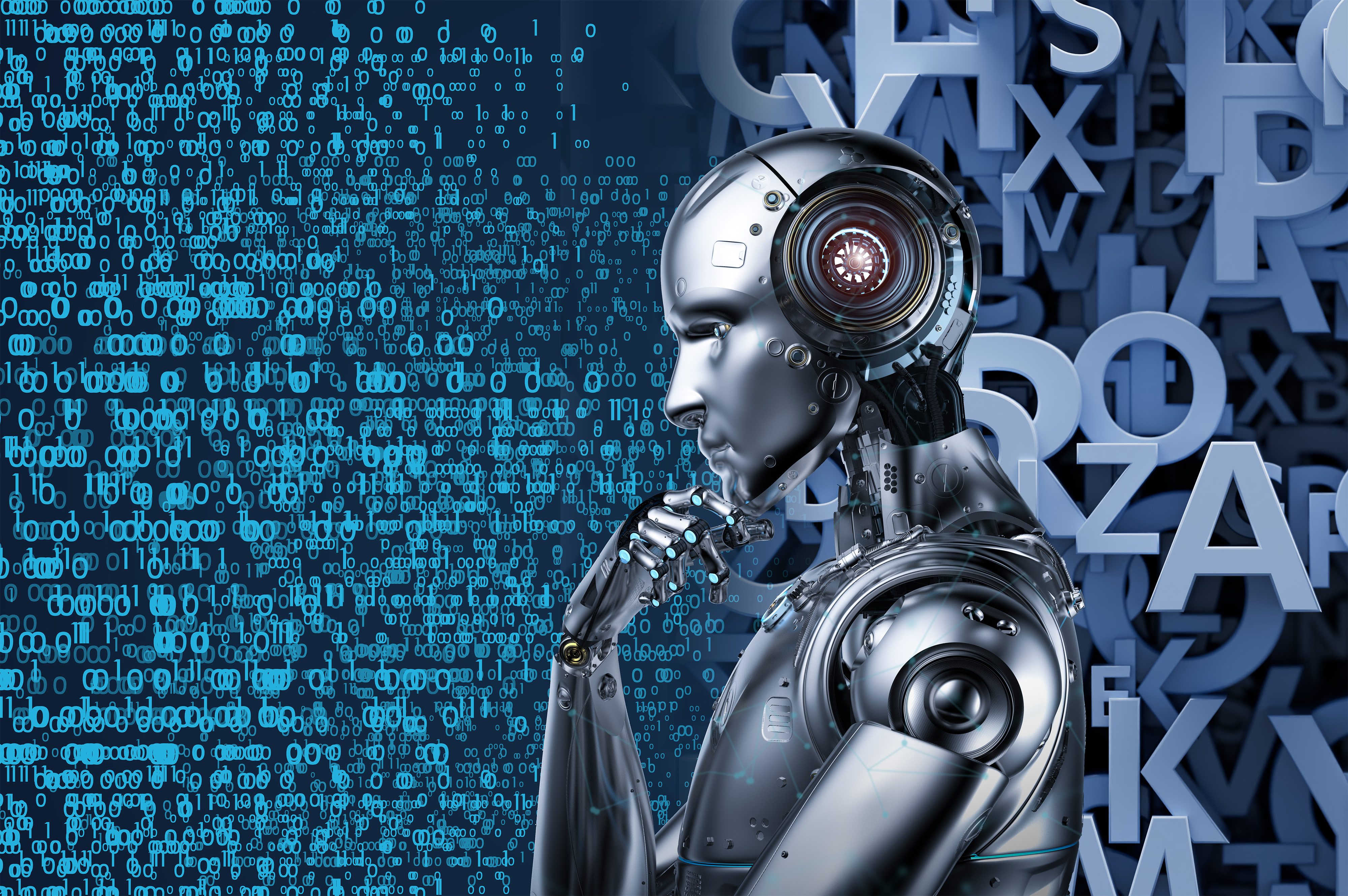Introduction to AI Transformation
The impact of Artificial Intelligence (AI) on major tech hubs like San Francisco and Boston is undeniable. However, proponents of AI believe that its effects will be felt far beyond these areas, transforming work in every industry across the globe. A recent report highlights the uneven distribution of AI readiness across different regions, using various indicators to measure the potential for AI adoption.
AI Readiness Across the US
The report divides US cities into five categories based on their readiness to adopt AI-related industries and job offerings. This categorization is determined by factors such as local talent pool development, innovations in local institutions, and the potential for adoption among local companies.
Concentration of AI Development
The data reveals that AI development is highly concentrated in tech hubs. Cities like those in the San Francisco Bay Area are outliers in terms of AI readiness and have been categorized as "AI Superstars." Other large metropolitan areas known for tech work, including Boston, Seattle, and Miami, are classified as "Star AI Hubs."
Centralization of Workers and Startups
The majority of workers with AI skills and startups focused on AI are clustered in these tech hubs. Almost two-thirds of workers advertising their AI skills are based in these areas, and over 75% of AI startups were founded there. The "Star AI Hubs," which include cities like New York City, Seattle, Columbus, Ohio, and Boulder, Colorado, account for a significant portion of AI activity.
Emerging Centers of AI
Beyond the major tech hubs, there are 14 regions that show promise in AI development and worker engagement with AI. These include cities surrounding academic institutions like the University of Wisconsin in Madison or Texas A&M University in College Station, and regional cultural centers like Pittsburgh, Detroit, and Nashville. However, these emerging centers often lack in some respect, limiting their development. For example, Columbia, South Carolina, struggles with talent development, with relatively few students graduating with science and engineering degrees and few showcasing AI skills in their job profiles.
Conclusion
The transformation of work through AI is a significant shift that will impact various industries and regions. While major tech hubs are currently at the forefront of AI development, there is a need for policies that encourage growth through AI without sacrificing other areas of the country. Emerging centers of AI show promise but require support to overcome their limitations. As AI continues to evolve, it is essential to address the uneven distribution of AI readiness to ensure that all regions can benefit from this technology.
FAQs
- Q: What is AI readiness, and how is it measured?
- A: AI readiness refers to the potential of a region to adopt and develop AI-related industries and job offerings. It is measured by factors such as local talent pool development, innovations in local institutions, and the potential for adoption among local companies.
- Q: Where is AI development currently concentrated?
- A: AI development is highly concentrated in tech hubs like the San Francisco Bay Area, Boston, Seattle, and Miami.
- Q: What challenges do emerging centers of AI face?
- A: Emerging centers of AI often lack in some respect, such as talent development, which limits their ability to grow and develop AI industries.
- Q: Why is it important to address the uneven distribution of AI readiness?
- A: Addressing the uneven distribution of AI readiness is crucial to ensure that all regions can benefit from AI technology and to prevent further economic and technological disparities between different areas.











